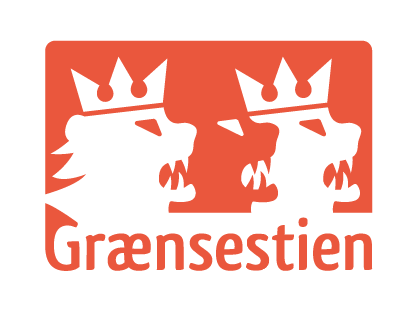About the route
The first stage of the Border Path starts in Vester Vedsted and ends in Høm. Most of the route takes place on tarmacked roads, with broad grassy shoulders or pavements for hikers. One can also walk a loop/ make a round trip from Vester Vedsted.
In Vester Vedsted there is a shelter next to Digehytten on Vester Bjergvej, and in Høm there is a one south of Vesterlundvej.
